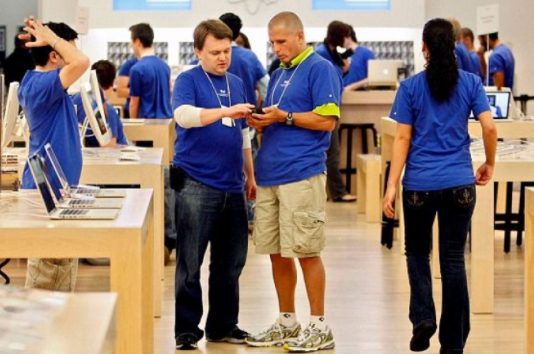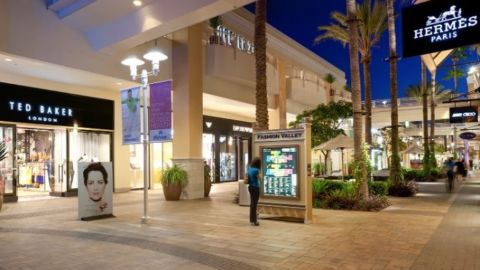With more retailers closing physical stores and consolidating space, it is critical for them to optimize every store in their arsenal. As a first step to closing the gap between high- and low-performing stores, most retailers (69%) seek to improve store employee training, according to a survey from Square Root and Forrester.
Retailers seeking to narrow the gap also take additional measures, including:
-
Empowering store managers to make actionable decisions in order to improve the customer experience (53%);
-
Improving field and store management training (41%); and
-
Implementing or expanding Store Relationship Management (SRM) technology within the next year (33%).
Retailers Improve CX And Productivity, But Performance Barriers Remain
When it comes to aligning stores and driving performance improvements, respondents agreed that empowered teams yield multiple benefits, including:
-
Improved customer experience (60%);
-
Reduced operational costs (47%); and
-
Improved employee productivity (44%).
But improving store performance is a difficult task in a time when retailers are fighting off declining store traffic and sales. For example, the study found that 34% of retailers see change management as the biggest barrier to improving poor store performance. Respondents cited identifying operational issues across stores (33%) and their present store execution management systems (30%) as other barriers to success.
Retailers Still Use Legacy Systems To Track Inventory, Transactions
Additionally, many brands are still stuck using legacy store technologies that lack the ability to measure the velocity, variety and volume of data required to improve store performance. The top three technologies retailers rely on to measure performance are:
-
Store inventory management (65%);
-
POS transaction logs to measure conversion and average order value (64%); and
-
Store portals or Intranets (63%), time and labor intensive systems that require heavy data mining instead of allowing for accurate identification of areas of weakness.
Retail operations leaders mostly look to three key performance indicators (KPIs) to understand their store performance — average sales per transaction (46%), gross margin (44%) and same store sales comparison (44%).
The study polled more than 100 retail operations leaders at organizations with more than 250 store locations, including C-Level executives, vice presidents, directors, and managers. Square Root designed the survey to examine the barriers these employees face when it comes to improving poor performance, operational issues and tools across stores.













